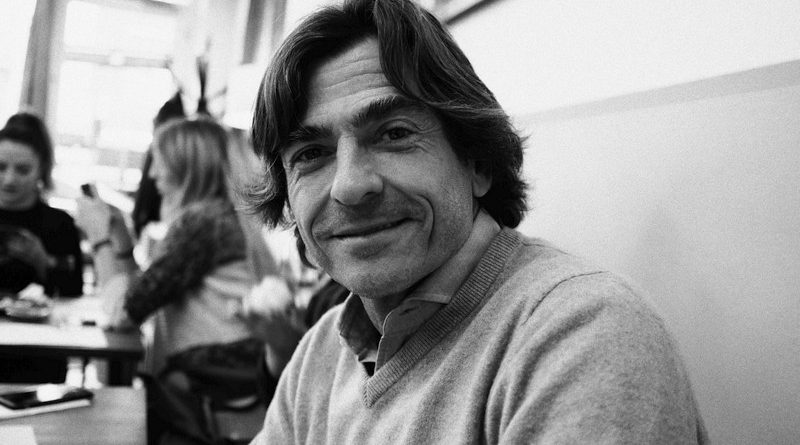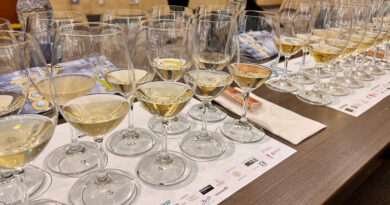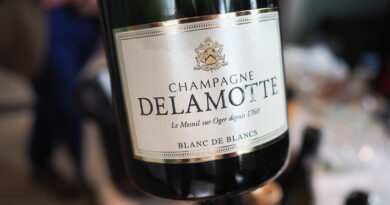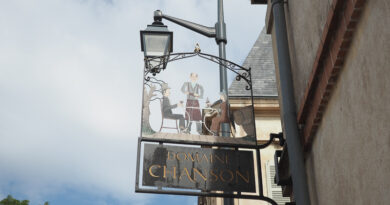Meeting Telmo Rodrìguez, rediscovering historical Rioja with his Lanzaga wines
Telmo Rodriguez became famous for his travelling winemaking, sourcing top vineyards from around Spain, and then returning to revitalize family winery Remelluri. Now he’s set his sights on rediscovering the great vineyard-focused Rioja of the past with Bodega Lanzaga.
Telmo Rodriguez doesn’t come from a multigenerational winemaking family, but his parents did buy a vineyard 52 years ago. His mother was an artist, and his father he describes as a ‘cultivated man’, and so he grew up with a family winery: Remelluri in Rioja, an estate whose history goes back several hundred years. Telmo began working at Remelluri after his studies in Bordeaux, in the early 1990s. But on his return, his father told him not to make a good wine (which he didn’t think the market was ready for), but instead make an average wine. The market wasn’t ready for something amazing from Rioja. Because Telmo wasn’t allowed to do anything with the reds, he began working with whites, and before long he was making highly-desired Remelluri whites. ‘The white became a reference, like a cult wine,’ he says.
But Telmo left in 1998. ‘I realised that with my dad it wasn’t going to go well,’ he says. He turned to his own project, which he’d begun in 1994, looking to make wines from grapes sourced from interesting vineyards around the country. ‘My journey started 25 years ago, with a challenge to find amazing vineyards,’ says Telmo.
‘Spain is a country that few people know well,’ he says. He says that Spain has two-thirds of the biodiversity in Europe. ‘It’s such an amazing country, so why do we get known for our cheap wines?’
He started in the northwest of the country, and then went from Rioja to Galicia. Now he owns some 80 hectares of vines, covering Gredos, Valdeorras, Ribera del Duero and Rioja, among others. ‘My dream is to be a small producer.’
He returned to Remelluri in 2010 and asked his sister to run the company with him. ‘My brothers asked me to come back,’ he says. ‘I only agreed if I could do what I wanted.’ The property has 92 hectares of vines, so it is quite big. His father had been buying in grapes and wines, even, but Telmo wanted to stick just to the estate holdings. So production was cut from 500 000 bottles to 270 000. He still receives grapes from the growers who were already working with Remelluri, but makes a separate wine from them.
Of the vineyard management, he says that at Remelluri, the vineyards have never seen a single gram of herbicide in 800 years.
He has some interesting things to say about the Rioja region. The structure of the region was messed up in the late 19th century by the French merchants who came in (Bordeaux was suffering from phylloxera). ‘Rioja decided to grow in a commercial direction.’ But he thinks that the original structure of the region, with its villages, growers and vineyards, was much more like Burgundy.
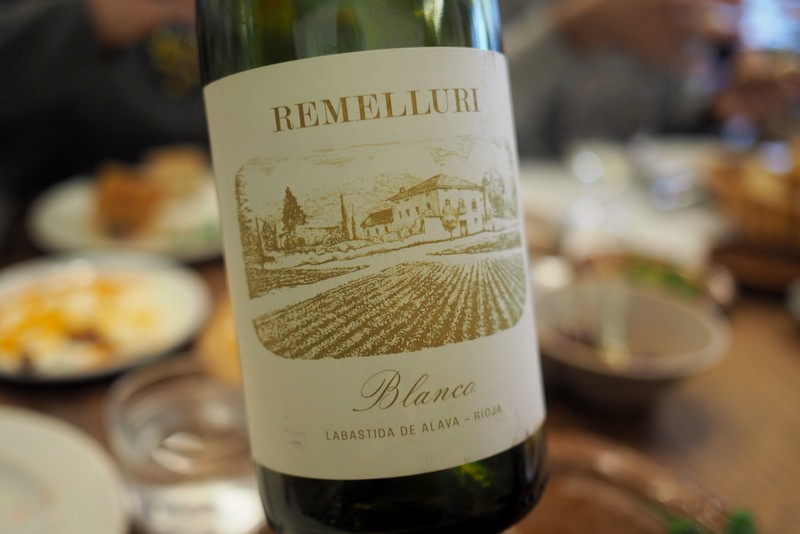
His father decided to recuperate Remelluri as a vineyard. ‘My first memories of Remelluri were growers coming from San Vicente with their mules and horses to work the vineyard.’ This was unusual at the time, because in the 1970s the wine world had begun adopting weedkillers. ‘When I studied in Bordeaux, all the vineyards were using herbicides,’ says Telmo. ‘No family was living in the vineyard like us. None of the big companies lived in the vineyards.’ In 2010 Remelluri was certified organic, and Telmo’s vineyards are all certified organic too. ‘I have never used herbicide.’
When he came back to Rioja, he had the idea of going back to how the region was in the 18th century. ‘Rioja today doesn’t correspond with Rioja of the past. It doesn’t correspond with the history of Rioja, going back to the vineyards and the villages, Burgundy style.’
He says, ‘Rioja is absolutely a grower/village model. The blend of different regions is yesterday. That is a 100-year-old model, but the region has been making wine for a lot longer.’ He thinks that in the 17th century he’s sure the wines were interesting. ‘The best vineyards were abandoned in Rioja 150 years ago. The wineries weren’t interested in good grapes. Rioja became a cheap wine, and by doing what we are doing now, we are breaking this market.’
So here we have Bodega Lanzaga, his Rioja project based on 17 hectares of estate vineyards, consisting of small, exceptional parcels acquired over time. With this project he’s aiming to go back to the great Rioja wines of the past, based on vineyards, before the big factory wineries took over in the region. Rather than classify by ageing, he’s thinking more of village/premier cru/grand cru distinctions.
Lanziego is the name of the village, in Rioja Alavesa, the highest part of the region. The soils are predominantly clay: red soils with lots of stone in them, and limestone underneath. We began with a quick recap of the Remelluri white, before looking at the Lanzaga wines.
Remelluri Rioja Blanco 2016 Spain
13.5% alcohol. Very expressive and textural with fine citrus and white peach fruit. Lovely texture with some floral notes. Lovely personality. 93/100
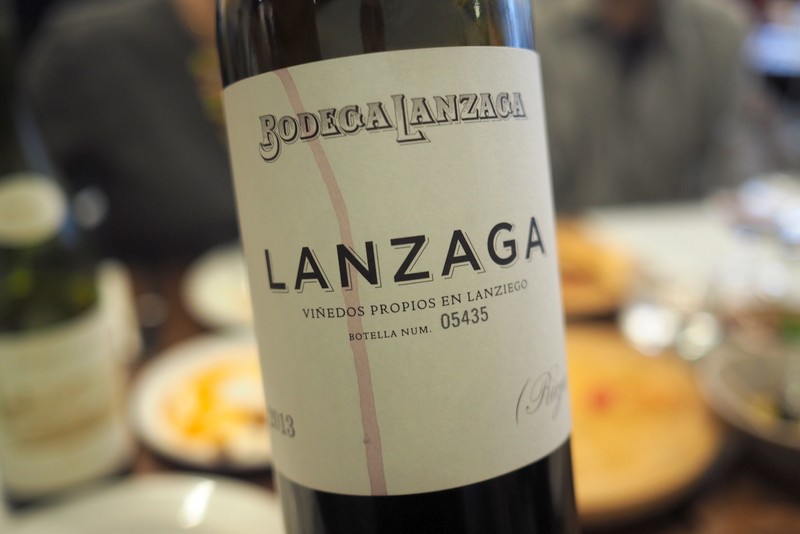
Bodega Lanzaga ‘Lanzaga’ 2013 Rioja, Spain
Supple and sweet, with fine tannins and a chalky edge to the sweet cherry and plum fruit. This is textural with freshness and also a nice waxy, savoury twist. Supple and delicious. 93/100
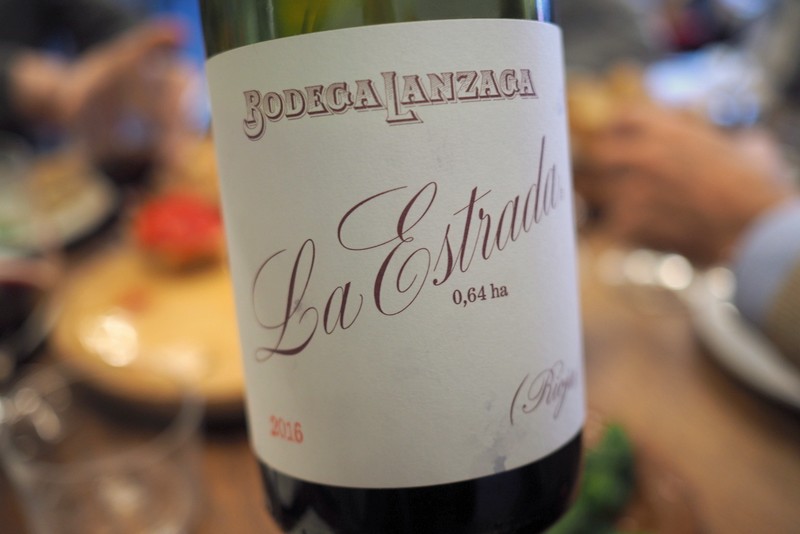
Bodega Lanzaga La Estrada 2016 Rioja, Spain
0.64 ha vineyard at the top of the village, facing northeast, with high limestone content in the soil. Mainly Tempranillo. Good concentration, but not at all heavy. Fresh, sweet cherry and raspberry fruit. Quite sweet and liqueur-like with a slightly salty edge. Very stylish with fresh, floral aromatics. Ripe but with nice focus, showing a good acid line. 95/100
Bodega Lanzaga Corriente 2016 Rioja, Spain
The term ‘corriente’ means ‘ordinary wine’: this is everything they don’t use for their other wines. Very fresh and drinkable and supple, with sweet cherry and plum fruit. Ripe and expressive with a nice graininess under the fruit. 92/100
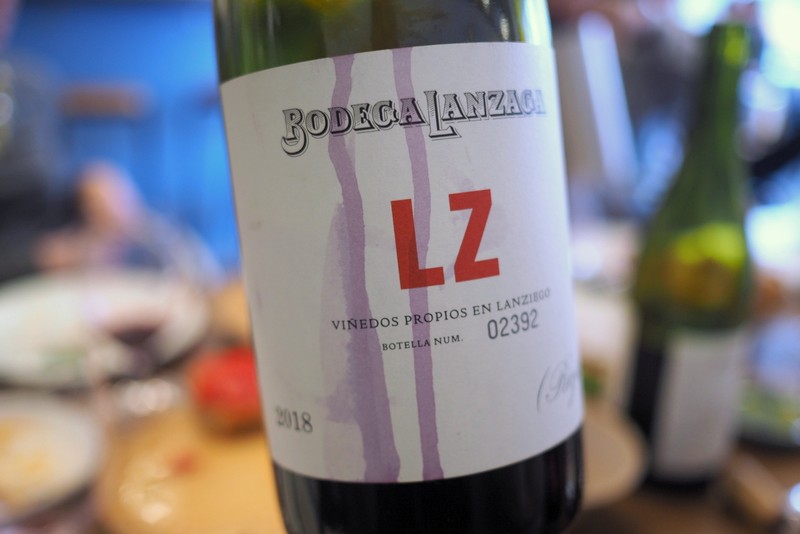
Bodega Lanzaga LZ 2018 Rioja, Spain
From chalk soils. Lovely concentration and primary fruit, with directness and sweet cherry and raspberry and blackberry fruit. Supple. Great fruit expression here with nice lushness and ripeness, yet also good definition. Fantastic. 94/100
UK agent: Indigo Wine
Find these wines with wine-searcher.com

